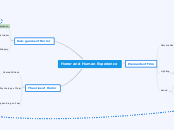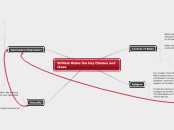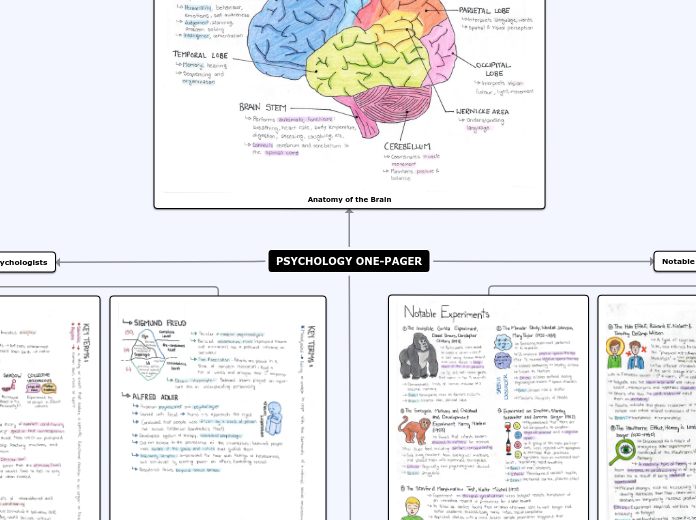Horror and Human Experience
Theories of Horror
Stephen King on Fear
Imaginary fears
& phobias. Blinding
effect of fear
Welsh sin eater, replacement of
personal fears with other ones
and simulated risks
Psychology of Fear
Physical sensation
Sensation caused by conclusion of The Lottery
Limbic systems & neurostructures
fear-arousing stimuli, amygdala
startle reflex: motor neurons in brain
Scared Witless
Sigmund Freud's theory:
id, ego, superego.
Immaterial cause &
Fascinated dread,
Aristole and catharsis
The Mist
Sub-genres of Horror
Moral Allegory
Rules/punishment
Focus on society
and good vs. evil
Could be seen as The Lottery due to
focus on dystopic society
Often supernatural intrusion into
everyday life. Ex) Insidious.
Psychological Horror
Focuses on monster within/
represents aspect of ourself
Deviant/abnormal human psychology
Supernatural/human Ex) I am the Doorway
The Fantastic
The unknown - not explained
Explanation doesn't make sense
Often an indirect supernatural source:
ex) The Mist but not always ex) The Lottery
Elements of Film
Sound
Soundtrack
Creates atmosphere and emphasizes elements
Ex) Dramatic
music in The Mist
upon evil arrival
Soundeffects
Used to emphasis content in film
Lighting
Low-key
Makes subject seem isolated
Lower lighting suggested safety
High-key
Suggests a lack of threat
Opposite in The Mist
Camera Shots
Low
Makes subject appear more powerful
High
Makes subject appear less powerful
Often used filming victims
in horror films Ex) The Mist
Close-up
Highlights emotion: encourages identifying with characters
Detail on objects: encourages viewers to pay more attention
Long
Establishes setting and shows characters compared to objects
Similar to third person point of view in literature.









